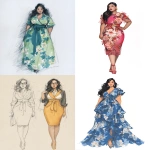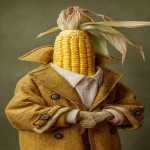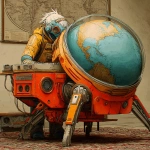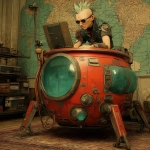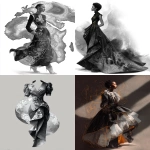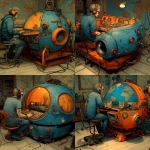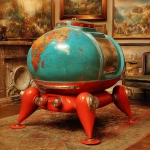Explore the Best AI Image Gallery
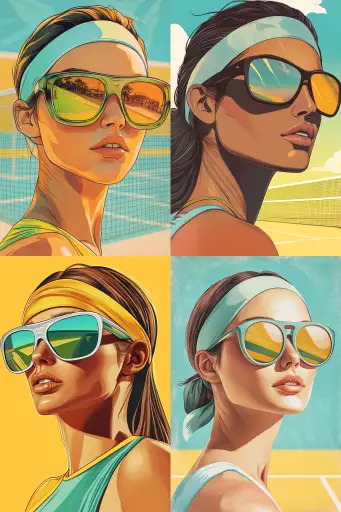
Quantum Creativity: Unlocking New Dimensions in Art and Design
The intersection of technology and art has always been a fertile ground for innovation. From the Renaissance masters who embraced perspective drawing to contemporary artists experimenting with digital media, human creativity has constantly evolved alongside technological advancements. Today, we stand on the precipice of another paradigm shift – one driven by the extraordinary capabilities of quantum computing.
Quantum computing harnesses the principles of quantum mechanics to perform calculations at an unprecedented speed and scale. Unlike classical computers that process information in bits (0s or 1s), quantum computers utilize qubits, which can exist in a superposition of states – both 0 and 1 simultaneously. This unique ability unlocks immense potential for complex simulations, data analysis, and problem-solving, pushing the boundaries of whats possible in various fields, including art and design.
Quantum Leap in Creative Expression
Imagine a world where artists can effortlessly generate intricate patterns, sculpt three-dimensional objects with quantum precision, or compose symphonies guided by the unpredictable nature of quantum algorithms. These are just glimpses into the future that quantum computing promises for creative expression.
Generative Art: A Quantum Canvas
Quantum computers excel at generating complex and unique outputs. This opens up exciting possibilities for generative art, where algorithms create visual masterpieces based on pre-defined parameters or even learn from existing artwork to produce entirely new pieces. Artists can leverage quantum algorithms to explore novel aesthetics, experiment with abstract concepts, and push the boundaries of artistic expression.
Personalized Design: Quantum Tailoring
Quantum computings ability to analyze vast datasets allows for hyper-personalized design experiences. Imagine clothing or furniture designed specifically to your body measurements, taste preferences, and even emotional responses. Quantum algorithms can process intricate details and generate designs tailored to individual needs, creating a truly bespoke experience.
Interactive Environments: A Quantum Playground
Quantum computing can revolutionize interactive art installations and immersive experiences. Imagine stepping into a world where digital landscapes respond to your movements, where sculptures morph based on your emotions, or where soundtracks evolve in real-time based on the collective energy of visitors. Quantum-powered environments can blur the lines between reality and virtuality, creating truly unforgettable artistic encounters.
Ethical Considerations: Navigating the Quantum Frontier
As with any powerful technology, quantum computing raises ethical considerations that need careful attention. Issues such as data privacy, algorithmic bias, and the potential for misuse require thoughtful discussion and proactive measures to ensure responsible development and deployment of quantum-powered creative tools.
Transparency and Explainability: Demystifying Quantum Algorithms
Quantum algorithms often operate in a complex and opaque manner. Its crucial to develop methods for making these algorithms more transparent and understandable, allowing artists and designers to grasp how their creations are being generated and ensuring responsible use of this powerful technology.
Access and Equity: Bridging the Quantum Divide
Ensuring equitable access to quantum computing resources is essential to prevent a widening gap between those who can leverage its potential and those who cannot. Initiatives promoting education, training, and open-source tools can help bridge this divide and foster inclusive innovation in the creative sector.
Future Trends: Quantum Creativity Unbound
The future of quantum creativity holds immense promise. Ongoing research and development will undoubtedly lead to even more sophisticated applications, pushing the boundaries of artistic expression and design further.
Quantum Collaboration: A Collective Canvas
Imagine artists collaborating across geographical boundaries, sharing ideas and contributing to a shared quantum artwork that evolves in real-time. Quantum communication technologies can enable seamless collaboration and foster a new era of global creative exchange.
Quantum Storytelling: Immersive Narratives
Quantum computing can revolutionize storytelling by creating immersive and interactive narratives that respond to the viewers choices and emotions. Imagine experiencing a story where every decision you make shapes the unfolding plot, leading to unique and personalized outcomes.
The Convergence of Art and Science: A New Paradigm
Quantum computing represents a convergence of art and science, blurring the lines between disciplines and fostering a new paradigm of creative exploration. As we delve deeper into this quantum realm, we can expect to see even more groundbreaking innovations that reshape our understanding of creativity itself.


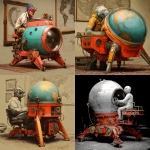
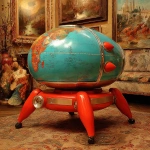
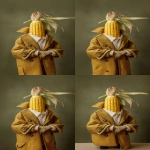
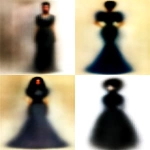

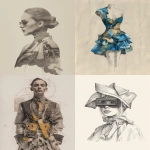
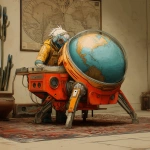

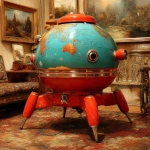
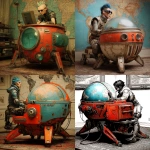
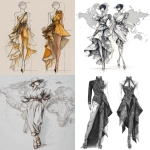
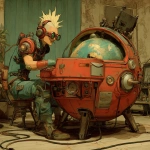
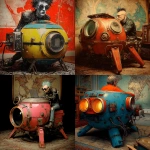

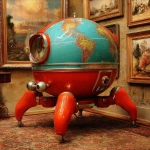
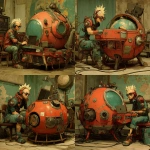

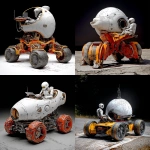


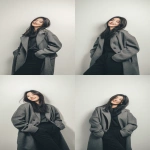


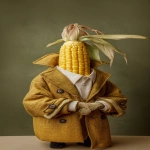
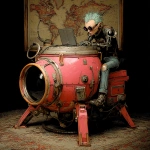

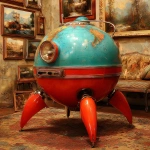
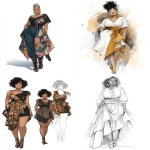
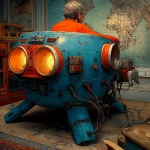
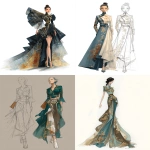
](https://images.ai-img.art/thumbnails/150/184ef21e6392dc98dddcbca645070343a7a1d2bf69fa6a2cce17f0e284ed1ec0.webp)

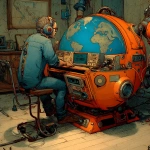

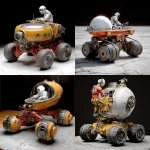

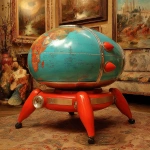
](https://images.ai-img.art/thumbnails/150/d611fb132f34451652cd462ab311152c551d101011dbb069898ecfba0b6fb2c9.webp)
